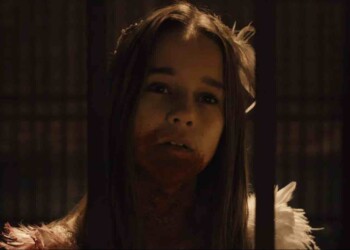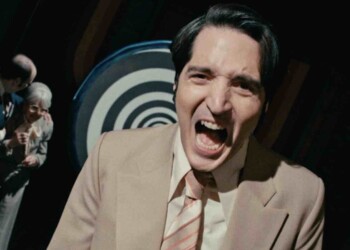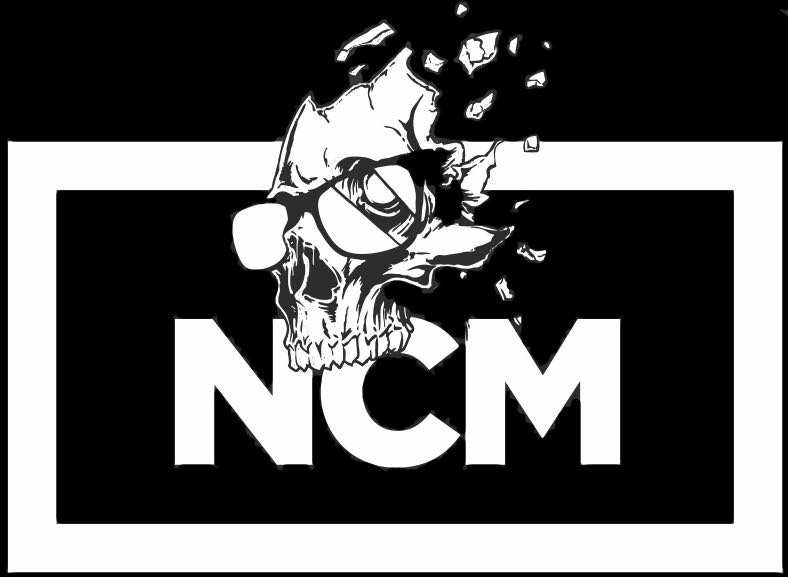I value honesty in all areas of my life. But I appreciate it most when it comes from car mechanics and writers. It’s because there is such an economy to truth in both of those fields. Whether it’s a grease palmed, garage owner trying to tell me my entire brake system needs to be replaced when I just came in for a change of oil or a writer trying to convince me that their silly made up fairytale filled with people that were never real doing things that never happened, had a genesis in something concrete. In its less graceful executions, the knowledge that fiction is a lie can hang to a reader’s mind like a burr.
Truth just feels different. A warm, full body radiation difficult to bottle and package as a story.
This is what makes Airboy a significant book. The naked, see me as I am, soul it pushes to the forefront. Its honesty is not about trying to convince you the events that happen during the narrative are true, rather it is about convincing you the words spoken and emotions felt come from a real place.
Airboy was a slightly obscure pulp adventure character from the early and mid-1940s. His adventures were characterized by the adolescently imaginative camp that was common in the golden age of comic books. Airboy was boy aviator that battled such enemies as Nazis and hyper-intelligent rats alongside his sentient plane Birdie and a supporting cast of flamboyant ace fighter pilots that had kitschy names like The Flying Dutchmen, Skywolf and Iron Ace.
He experienced small revivals in the decades since the end of World War II including a run with the infamous Eclipse Comics but the character has been absent from print of any form since the early 2000s.
His pop culture awareness places him below a footnote which gave writer James Robison and artist Greg Hinkle unlimited creative destiny with this relaunch. Rather than relaunch the title as a straight in universe reimaging of the property, Robison and Hinkle focus the story on themselves as they party, drink and fornicate their way through creative constipation in an attempt to find a novel take on the property.
As the two creators spiral deeper into panic over their lack of inspiration pushing their self-medication to its limits the real Airboy suddenly appears in their lives.
Robinson and Hinkle spent issue two incorporating Airboy into their debauchery, convinced his presences was nothing more than a product of their drug use and frustration. This idea is disposed of quickly in issue three when Airboy, exhausted by the way the millennial world clashes with is 1940’s sense of moral rigidness, transports the creative duo to his world, a shelled out, steam punk reimgining of WWII Britain.
Just like Airboy butted up against the languid moral attitudes of the modern era, Hinkle and Robinson clash with the war torn hardness of Airboy’s home. They are unable to process the violence and horror and are perplexed by the war forged hardness of Airboy and his supporting cast of pilots, whom, first appear to be goofy but then are revealed to be jaded warriors.
Hinkle and Robinson’s clumsy yet honest renditions are endearing because they are so relatable and candid. They balance a naked look at their personal interworkings with humor. An example of this is when the two men are forced to scatter across rooftops to avoid incoming ordinance. One craps his pants and the other achieves an erection.
Hinkle and Robinson have been fearless in the authentic and flawed way they write and draw themselves. Baring their insecurities and fears for their readership and always making it feel like the fictional Robison and Hinkle are mouth pieces for the souls of their real world counterparts.
At one point, Robison finds the dead body of his Airboy universe counterpart. The scene becomes an expose’ of Robison’s own feeling of failure as a man. While viewing this tangible effigy of his own morality, he muses the cost of war verse the cost of self-abuse and the perspective gained from the comparison. He talks about his own weakness feeding his failure as a husband. He stands over a better version of himself and sees that it has been destroyed while he, the weak and sour rendition, remains. It feels true. The Airboy version of Robison disappears and it is like we are listening to the real man.
Framing the series as a creator losing distance between his real life and the one his trying to create makes this book feel like a work of personal healing. Like we are reading something that was never supposed to be seen by anyone else. It a piece of fiction that is truth glossed with fantastic trimmings. Equal parts humor and drama. Defined as much by its self-serious soliloquies as its comedic use of pendulous dong physics. It is a novel creature and the most genuine story in comics.






